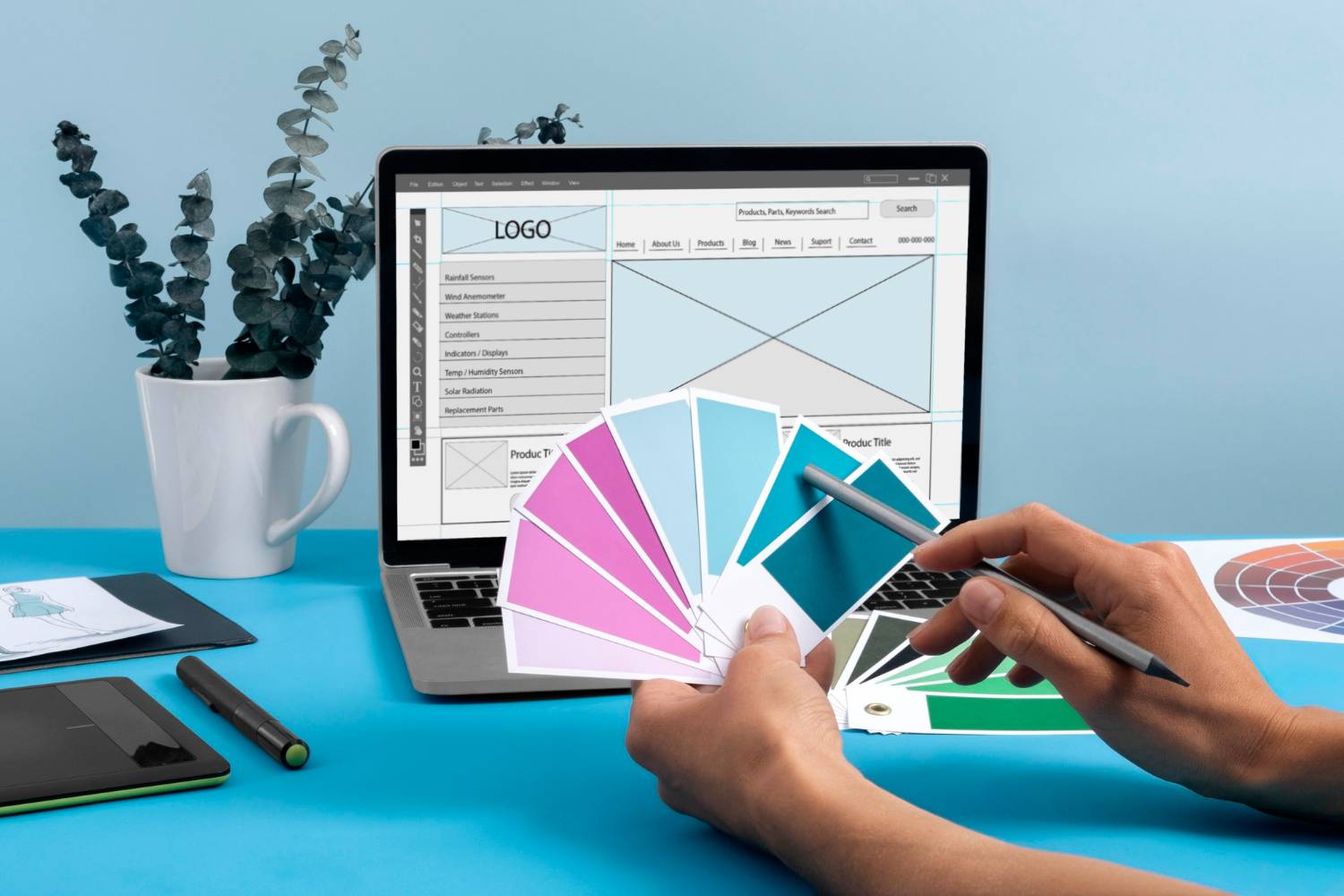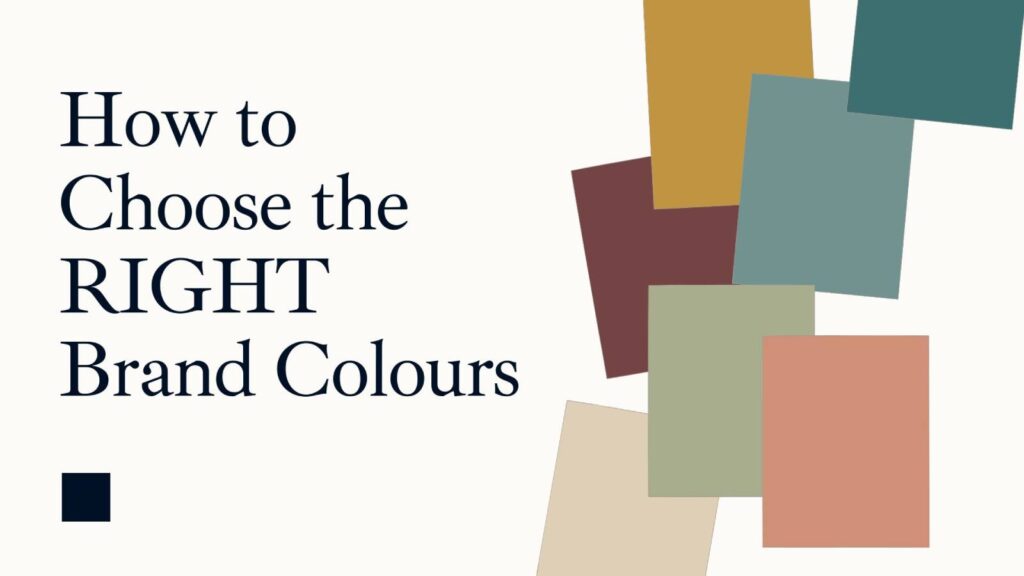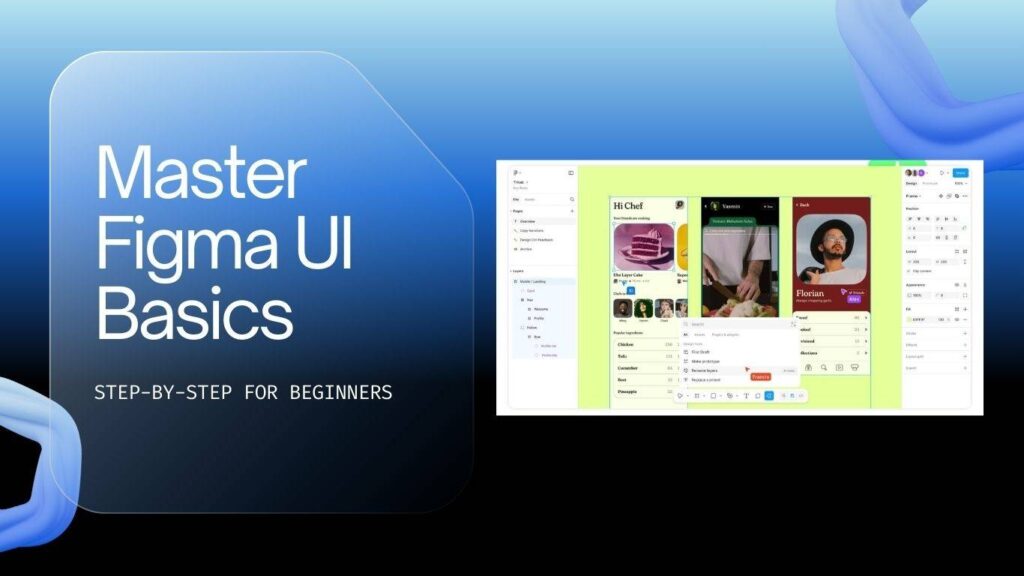Colour is more than decoration — it’s a tool that shapes perception, influences emotions, and builds trust. The colours you choose affect how people view your brand, what they expect from it, and whether they feel connected to it. Selecting the right palette ensures your brand communicates the right message and fits naturally within its market.
Why colour matters in branding
Colour affects perception. That’s not mystical — it’s practical psychology. Over years of marketing and design, certain colours have become shorthand for values and feelings. Coca‑Cola’s red communicates excitement and importance. Apple’s almost-obsessive use of white communicates simplicity, cleanliness and premium design. These associations don’t happen by accident; they’re reinforced by consistent use and cultural cues.
When people see a brand colour, they make instant assumptions about personality, trustworthiness and even price point. As designers, our job is to ensure those assumptions match the brand’s mission. Pick the wrong tone and you create cognitive dissonance — customers are confused, and trust suffers.
Start with the brand mission and personality
Before you ever open a colour wheel, answer two questions:
- What is the brand’s mission? Is it to simplify someone’s life, to excite, to educate, to heal, to save time?
- What personality does the brand have? Is it playful, authoritative, luxurious, grounded, youthful, clinical?
Apple is a classic example: their mission and personality are simplicity, elegance and ease-of-use. White supports that message. A gardener’s brand will likely be earthy and hands-on — greens and browns fit. A solicitor or law firm wants to communicate gravitas, trust and longevity — deep blues, greys, black or even gold feel natural. These initial answers narrow your palette and keep choices purposeful.
What each core colour communicates
Below is a quick reference list of common colour associations. Use it as a starting point to match colour to personality — not as an absolute law. Context, culture and execution always matter.

- Black — Powerful, edgy, luxurious, modern and classic. Great for premium products and brands that want gravitas.
- Grey — Neutral, serious, subdued, mature. Often used by brands that want to look stable and timeless without shouting.
- White — Simplicity, cleanliness, high-end minimalism. White can signal modernity and approachability when executed well.
- Brown — Earthy, grounded, practical, old-fashioned. Useful for brands tied to handcraft, nature or authenticity.
- Pink — Feminine, youthful, innocent, modern. Works for fashion, beauty, and brands that want a softer, approachable vibe.
- Purple — Creative, occasionally luxurious or royal. Use carefully: purple can feel imaginative or premium depending on tone.
- Dark Blue — Professional, formal, trustworthy. Banks, big consultancies and institutions often use dark blue to signal reliability.
- Light Blue — Open, honest, trustworthy and friendly. A softer alternative to dark blue for approachable brands.
- Green — Stability, growth, nature, prosperity. Great for eco-brands, finance companies that want a growth message, and anything health-related.
- Yellow — Playful, modern, attention-grabbing, youthful. Excellent as an accent to attract attention, but can be overpowering as a primary colour.
- Orange — Creative, friendly, energetic. A warm and inviting colour that balances playfulness with approachability.
- Red — Passion, importance, urgency, danger. Red is very strong and polarising — it commands attention but can be read as aggressive if misused.
How to choose your brand colour — step by step
Choosing colour doesn’t have to be overwhelming. Here’s a simple workflow I use when picking a brand palette for myself or clients:
- Define brand personality and mission. Use the questions above. Write down 3–5 personality traits (e.g., “playful, trustworthy, modern”).
- Scan the colour list. Match traits to colours from the list above. Pick a primary colour that most closely aligns with your central trait.
- Consider the industry. Look at competitors and category norms — does your brand need to blend in or stand out?
- Pick supporting colours. Choose a secondary colour that complements the primary. This could be a contrasting colour, or a tone that adds warmth or neutrality.
- Test contrast and readability. Place your foreground and background colours together and convert the combo to grayscale. If the greys merge together, you need more contrast.
- Build a palette with tints and shades. Use a gradient or the blend tool in Illustrator to create intermediate tones for UI, packaging or marketing materials.
- Mock up real-world applications. Try the logo on business cards, social posts, signage and product shots. Colour can behave differently in context.
Proven tools and practical techniques used by professionals
When you’re stuck, there are simple tools and tricks that speed up the process.
- Coolors (and similar palette generators) — Great for quickly generating palettes. Lock a colour you like and cycle through matches until you find a combination that feels right.
- Grayscale check — Convert your palette to black and white to verify contrast. This is one of the fastest ways to see if hierarchy will hold up.
- Complementary color pairing — Choose two opposing colours on the wheel (main and secondary) and blend them to create a gradient. Use the gradient to pull out multiple usable tones.
- Mockups — Put colours on real materials: letterheads, labels, thumbnails, T-shirts. Colour behaves differently when printed or placed against photography.
- Accessibility checks — Ensure text is readable for people with vision differences. Contrast tools can help you meet accessibility standards.
Choosing colour for specific clients — examples
Context matters. Two quick examples I often use when deciding colour:
- Gardener / Landscaping Brand — Greens and browns feel authentic. White or bright yellow would feel out of place and create a mismatch between expectation and reality.
- Solicitor / Law Firm — You want to convey trust, experience and seriousness. Dark blue, grey, black or gold feels appropriate. Using bright or novelty colours (neon yellow, pink) would undermine trust unless the firm is intentionally disruptive.
Remember: a bold exception can work if it’s intentional. A solicitor using pink might be making a deliberate statement — just make sure the decision is strategic, not accidental.
How colours work together in identity systems
A brand rarely uses a single flat colour. Effective systems include:
- Primary colour — The dominant brand colour used for logos and major touchpoints.
- Secondary colour — Supports the primary, used for accents and complementary elements.
- Neutral palette — Greys, black and white for text, backgrounds and to calm strong colours.
- Accent colours — One or two bright hues for CTAs, highlights and to add personality.
Together these elements create a flexible system you can apply across print, web and product design while keeping a consistent voice.
Common mistakes to avoid
- Picking colours because “they look nice” without tying them to brand personality or audience expectations.
- Using too many strong colours without a neutral system — this creates visual chaos.
- Skipping contrast and accessibility checks — text must be legible for everyone.
- Ignoring industry conventions entirely unless you have a strong reason to disrupt them.
- Not testing colours in real-world scenarios: print, photography overlays, UI and small-scale icons.
FAQ
Q: Where do I start if my client doesn’t know their brand personality?
A: Run a short workshop or questionnaire. Ask what three adjectives they want customers to use to describe the brand. Ask who their competitors are and what they admire about other brands. Sketching simple moodboards based on adjectives helps clients see and choose direction quickly.
Q: Can I use more than one primary colour?
A: Yes — but be deliberate. Some brands use a flexible palette or multiple core colours to represent different product lines or markets. If you do this, set clear rules about combinations and contexts so the brand remains cohesive.
Q: How important is cultural context in colour choice?
A: Very. Colours carry different meanings across cultures. Red might be luck in one market and danger in another. If your brand will operate internationally, research cultural associations for your key markets before finalising colours.
Q: Is it okay to break industry colour norms?
A: Absolutely — if you have a strategic reason. Breaking norms can make you stand out, but it must align with brand personality and target audience expectations. If your audience values tradition and trust, being unexpectedly flashy could backfire.
Q: How do I ensure my colours are accessible?
A: Use contrast-checking tools to ensure text meets WCAG contrast ratios. Provide alternative colour combinations for users who need higher contrast. Consider colour-blindness simulations to ensure information is conveyed by more than colour alone (use shapes, labels or icons).
Q: What if a client insists on a colour I don’t recommend?
A: Create visual comparisons. Show mockups with the client’s choice and with your recommended palette, and ask which better communicates the desired message. Data + visuals often persuade more than opinion alone.
Quick Links:
https://duogeeks.com/
https://duogeeks.com/services/website-design/



